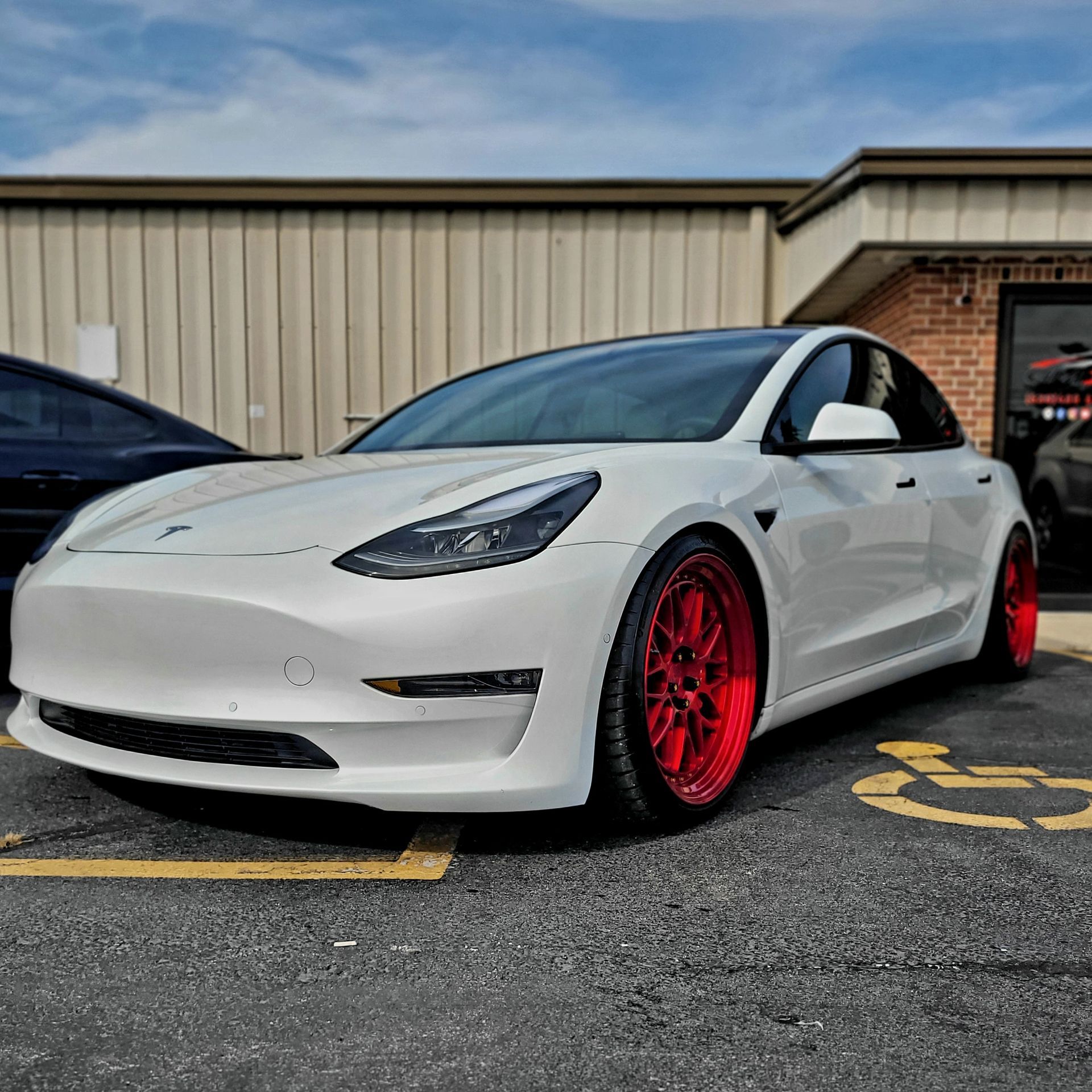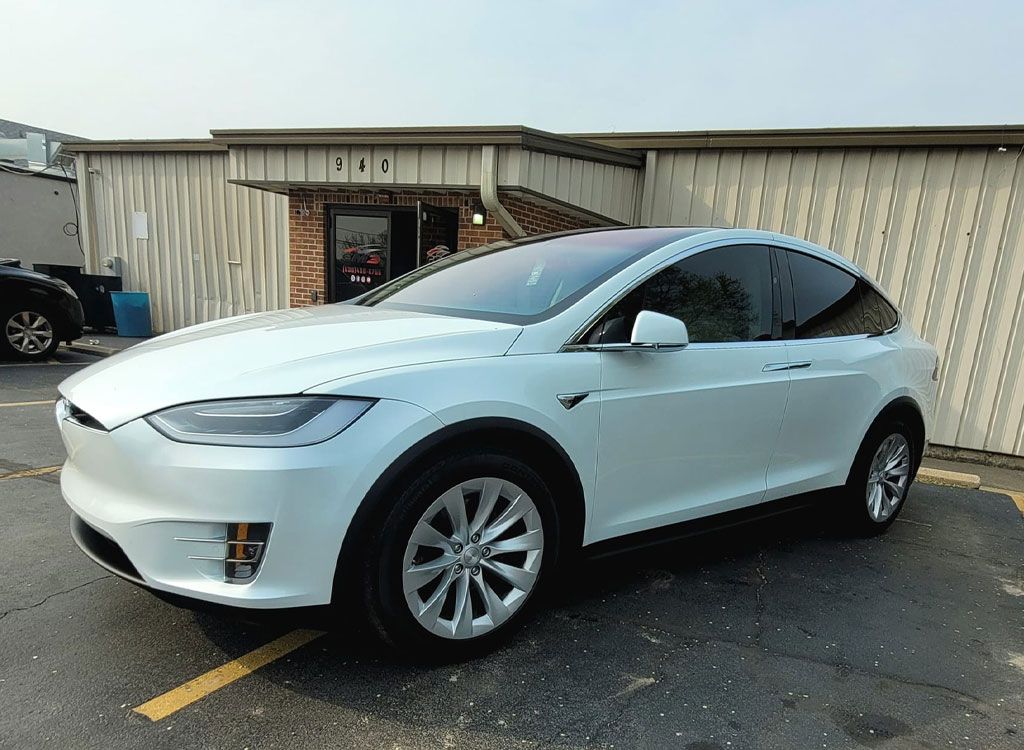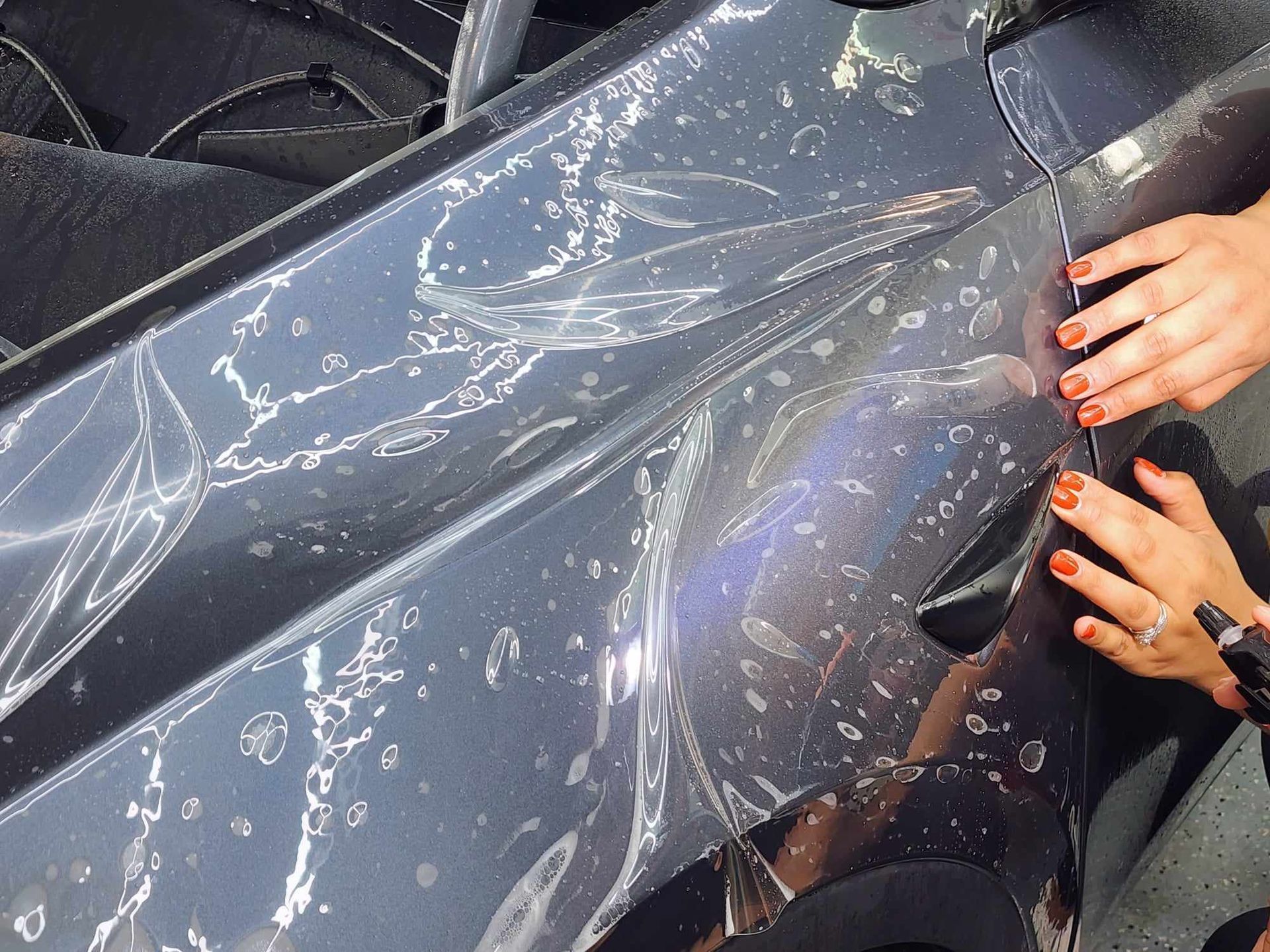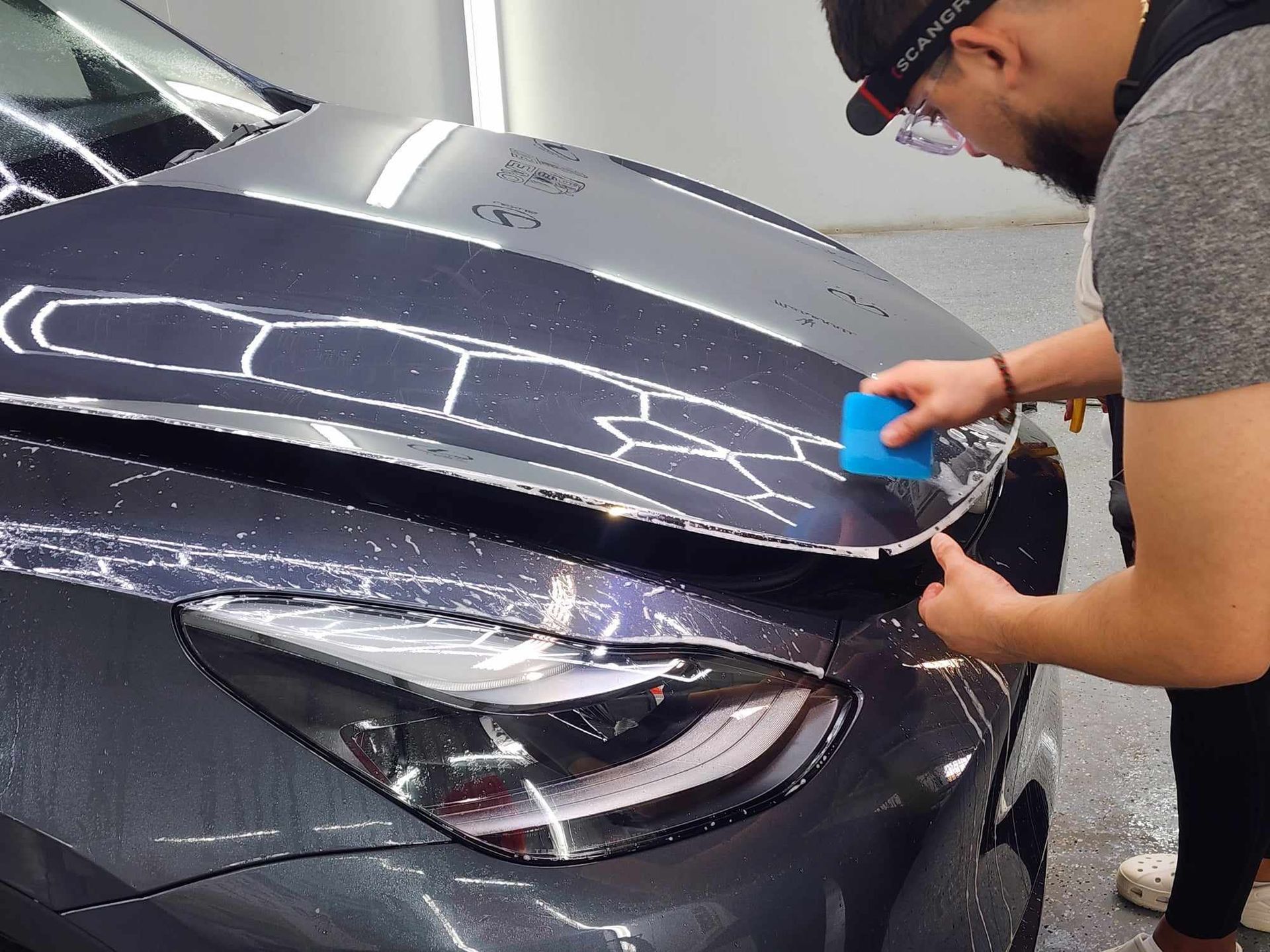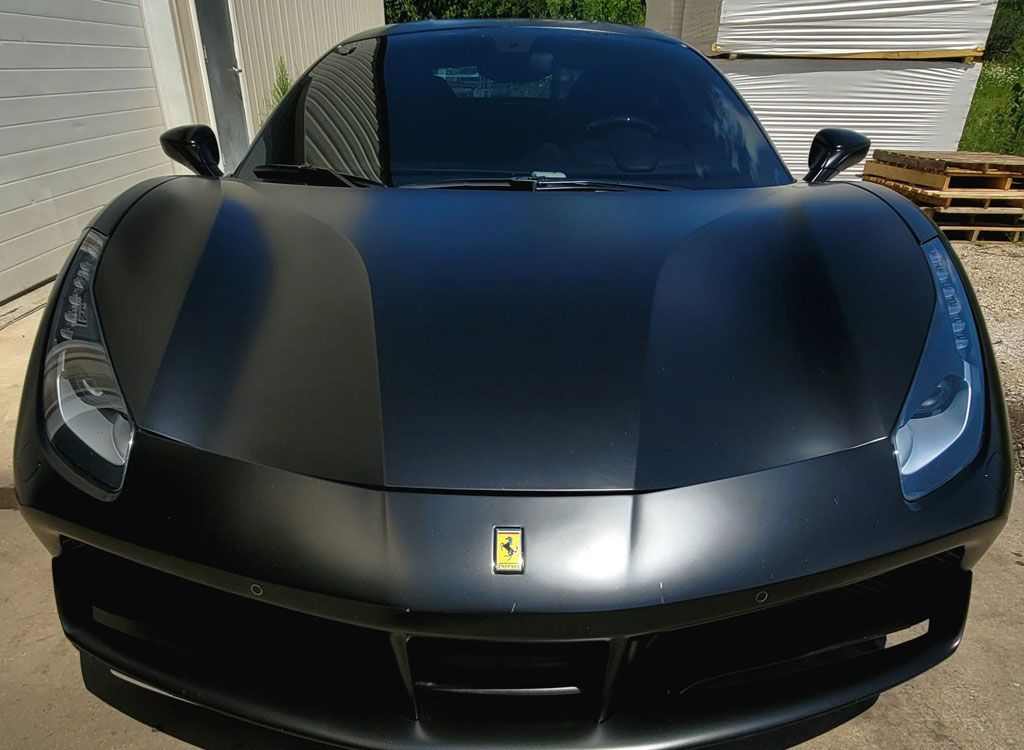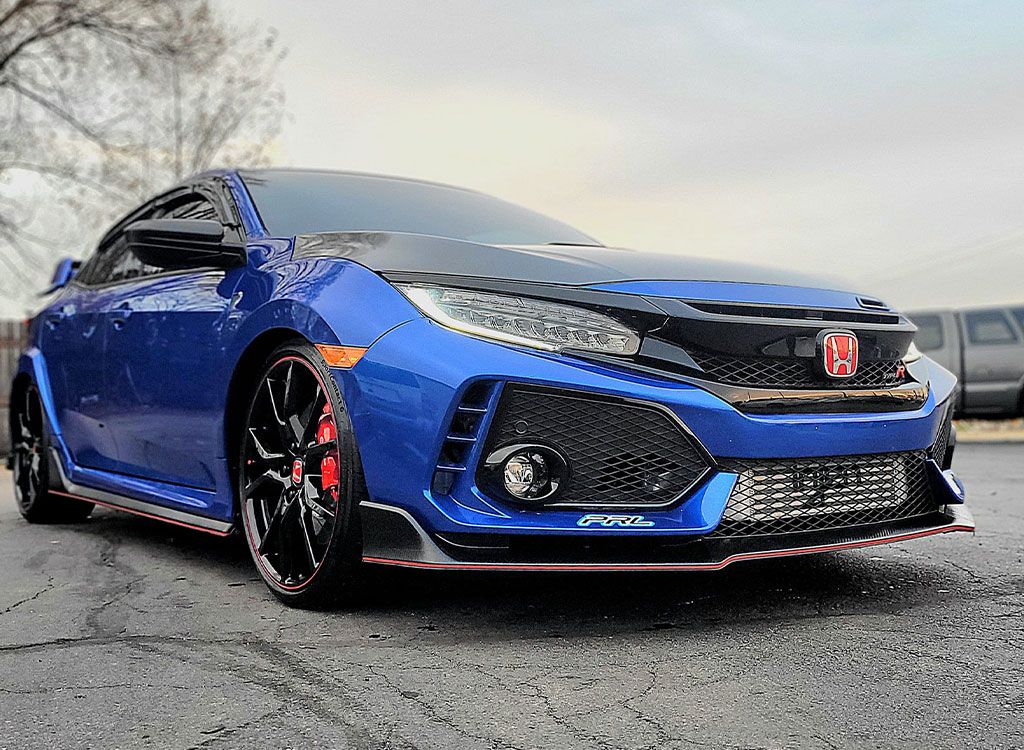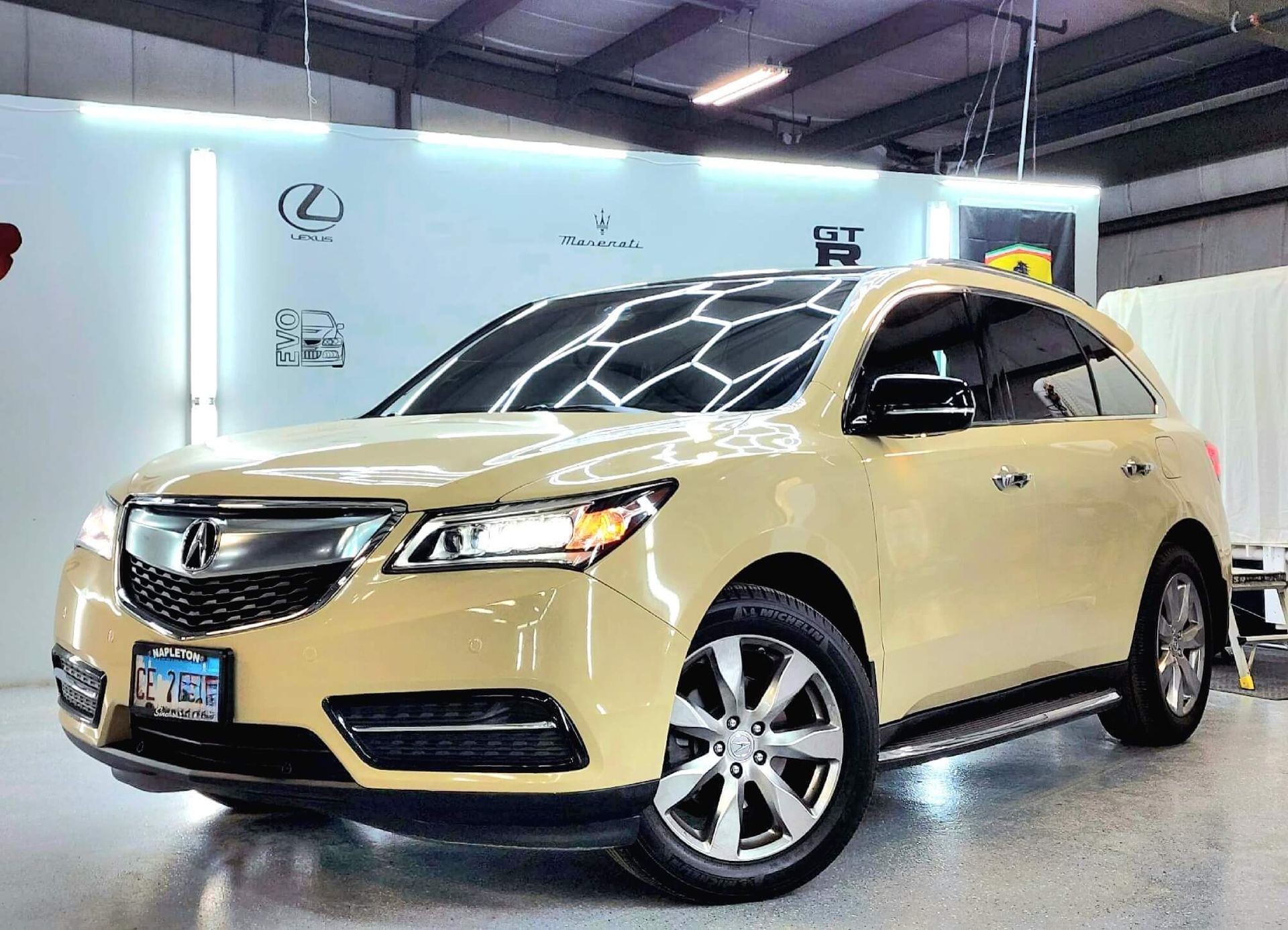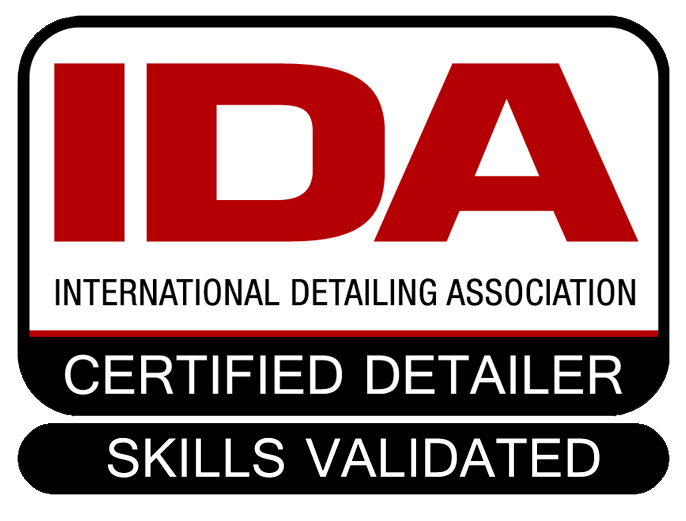PPF for New Cars: Protect Your Investment with Paint Protection Film
When you drive off the lot in a new car, it’s more than just a set of wheels; it’s an investment in your lifestyle and freedom. However, the beautiful paint job that catches all eyes can also be vulnerable to scratches, chips, and stains from daily wear and tear. That’s where Paint Protection Film (PPF) comes into play, serving as a trusty shield against those potential nuisances. Think of PPF as your car’s superhero cape—offering protection while keeping that sleek look intact. With many car owners increasingly aware of how valuable their vehicles really are, knowing about PPF isn’t just helpful—it’s essential.
Applying Paint Protection Film (PPF) to new cars is crucial for safeguarding against damages such as rock chips, scratches, and environmental contaminants, which can diminish the vehicle's aesthetic appearance and resale value. Investing in PPF not only protects your investment but also preserves the vehicle’s original paint, ensuring it looks newer for longer.
What is Paint Protection Film?
Paint Protection Film, often affectionately dubbed "clear bra," is a remarkable addition to any vehicle that cares about appearance and longevity. This transparent layer serves a vital role by forming a shield against the diverse range of external threats that paint jobs face, including scratches, chips, and other forms of damage. Imagine driving down a gravel road without worry—PPF allows you to do just that!
Composition and Features
At its core, PPF is typically crafted from high-quality urethane or polyurethane. These materials are chosen for their exceptional durability and flexibility, which gives the film the versatility it needs to withstand the rigors of daily use. One of its most appealing characteristics is its self-healing property; if the film gets stretched or deformed, it can revert back to its original shape. This means minor abrasions or indentations can vanish like magic when exposed to heat.
Think about it: you park your car under the sweltering sun or indulge in a soothing hot water wash. As the heat penetrates the surface of your protective layer, those faint scratches from keys or errant branches gradually disappear—an illusion brought to you through innovative technology. This self-repairing capability not only enhances aesthetics but also prolongs the life of your car's paintwork.
The demand for this cutting-edge protection is reflected in market trends. According to industry reports, as of 2021, the global automotive PPF market was valued at an impressive $421.9 million. With a compound annual growth rate (CAGR) of 6.6%, this figure is projected to swell to approximately $664.3 million by 2027, demonstrating an increasing acknowledgment of how essential this protective film has become for vehicle owners worldwide.
Regular maintenance ensures that PPF continues to perform optimally, helping you maintain your vehicle’s pristine presentation while simultaneously safeguarding against environmental wear and tear. Understanding what PPF is sets the stage for examining how it can be effectively applied to enhance new vehicles' protection without compromising their aesthetic appeal.
Applying PPF to New Cars
The process of applying Paint Protection Film (PPF) to new cars might seem complicated at first glance, yet it fundamentally boils down to preparation and precision. Your vehicle's surface is no ordinary canvas; it's an investment that deserves meticulous care.
Professional vs DIY
When it comes to PPF installation, consumers face two distinct paths: hiring a professional or opting for a do-it-yourself (DIY) approach. A professional installation brings the advantage of expertise, ensuring each panel of your vehicle is wrapped with precise alignment and pristine adhesion—no bubbles allowed. On the other hand, for those who enjoy a hands-on project and wish to cut costs, DIY kits present a viable option. These kits typically range from $500 to $1,000, significantly less than the full-service professional installation fee, which can soar between $2,000 and $7,000. Regardless of the route chosen, there are essential steps involved in successfully applying PPF effectively.
Steps for Successful PPF Application
First, cleaning is paramount. Make sure to wash your car thoroughly—this isn't just about a quick rinse. You want to remove all dirt, grime, and contaminants that could compromise the adhesion of the film. Using a clay bar can effectively lift any stubborn particles embedded in the paint surface.
Next is application, where you carefully position the film onto the freshly cleaned surface. If you're going the DIY route, prepare a solution that combines water with baby shampoo in a spray bottle—it’ll work wonders in allowing you to maneuver the film without it clinging tight immediately. This solution helps create a slip layer so you can adjust the position without hassle, ensuring you avoid air bubbles or misalignments.
Finally comes the intricate trimming and settling phase. Excess film should be neat and tidy without compromising any corners or edges—the goal is a clean finish that looks seamless against your vehicle’s original paint. But remember—patience is key here. Allowing the film to settle for several hours ensures full adherence to the surface beneath it.
Taking these careful steps isn’t just about aesthetics; it’s about preserving your investment long-term and setting up your vehicle for success in protecting itself against various elements.
Benefits of PPF
PPF goes beyond just protecting the paint; it serves as an armor for your vehicle, safeguarding it from daily wear and tear while enhancing its appearance. With the march of time, your car is bound to experience a variety of elemental threats, from pesky dirt and debris to more serious hazards like rock chips or road salt. By applying a layer of PPF, you gain a formidable shield against these conditions, considerably extending the life and aesthetic appeal of your vehicle.
Protection and Aesthetic Value
PPF provides robust protection against rock chips, bug splatter, minor abrasions, and harmful UV rays that can cause fading. Think about how often your car faces pebbles kicked up from the road or bird droppings that can etch themselves into your vehicle's surface if left untreated. The film acts as a first line of defense, absorbing impacts and preventing them from reaching your car’s paint. Furthermore, the self-healing property of PPF is where magic happens—minor scratches disappear when exposed to heat, so those unintentional marks can fade away like they never existed. Maintaining that pristine look not only keeps you feeling good about your investment but ultimately enhances its resale value as well.
Sports car owners are particularly astute when it comes to protecting their assets; they often opt for PPF to preserve not just their vehicle’s physical condition but also its aesthetic allure. Imagine cruise enthusiasts driving through sunlit streets with their vibrant vehicles gleaming under protective film—it's an appealing sight that stands out. According to a survey, 70% of luxury car owners opt for PPF installation within the first three months of purchase. This statistic speaks volumes about the trend among discerning buyers who recognize that a well-maintained car can fetch significantly higher returns than a neglected one. As we explore this further, it's crucial to weigh the financial aspects along with these benefits.
Costs to Consider
The costs associated with PPF can vary widely based on several factors, but knowing what to expect allows for better budgeting and planning. When assessing expenses, the first major consideration is initial investment.
Initial Investment
The initial cost depends largely on the extent of coverage you desire for your vehicle. If you want complete peace of mind, a full car wrap generally ranges from $2,000 to $7,000. This might sound steep, but when you consider it as an investment to protect your asset, it makes more sense. On the other hand, if you're looking to save a bit while still getting some protection, partial wraps—which cover high-impact areas like the front bumper or hood—can range from $500 to $2,000. It's worth pondering which approach fits your driving style and typical environmental exposure since some owners find that they only need to protect certain areas rather than the full vehicle.
It’s important to recognize that choosing between these coverage options isn’t just about immediate costs. Think about where you typically drive: if road debris or potential scratches are common in your day-to-day journeys, investing in that full wrap could save you money down the road.
Long-Term Costs
Once you've taken care of that initial purchase, don’t forget about long-term costs. Regular maintenance is key to keeping your PPF functioning optimally. This might include light polishing or reapplication of film in compromised areas. Ideally, you'll want to plan for this annual upkeep which could be around $100 to $500 annually, depending on usage and exposure.
With these expenses laid out, it's essential to contemplate how they stack up against the benefits offered by PPF—especially regarding maintaining the car's aesthetic appeal and its resale value over time. Let’s now look at how this protective measure contributes to enduring value beyond just initial costs.
Long-Term Value
Investing in PPF significantly boosts the longevity of your vehicle’s pristine look. By providing an effective shield against rock chips, scratches, and environmental pollutants, PPF ensures that your car retains its dazzling exterior over time. The better the exterior condition is preserved, the less you will be inclined to spend on repairs or repainting due to unsightly damage down the line.
A significant point to consider is how this preservation translates into enhanced resale value. When it comes time to sell or trade in your vehicle, potential buyers will be willing to pay more for a car that appears well-maintained. In fact, research done by Kelley Blue Book indicates that vehicles with PPF can retain between 5% to 10% more value compared to those lacking such protection.
Moreover, when you evaluate the upfront cost of applying PPF—which can often seem steep at $2,000 to $10,000—it's essential to weigh that against potential savings. A small investment can lead to substantial returns by reducing future repair costs associated with damage caused by road hazards. The overall expenses incurred later due to respraying or repairing a worn vehicle can far exceed that initial payment. Regular maintenance is also simplified with PPF. Its hydrophobic properties repel dirt and water, meaning washes require less effort and frequency. You’ll find yourself spending more time enjoying your vehicle rather than just maintaining it. This contrast between constant upkeep and greater enjoyment of a well-protected car underscores why many people consider PPF a worthwhile investment.
Here are several reasons why investing in PPF can be financially savvy:
- Resale Value: Retaining additional money when selling your vehicle.
- Repair Costs: Reducing expenditures tied to touch-ups and paint jobs.
- Maintenance Ease: Less frequent cleaning requirements extend the life of both your vehicle's paint and your own labor.
All these factors highlight that while the initial investment in PPF may feel daunting for some, the financial and aesthetic rewards make it a wise choice for anyone keen on protecting their investment effectively. As we shift gears, understanding how to care for your vehicle properly becomes crucial for long-lasting benefits.
Protection and Maintenance
PPF plays a crucial role in safeguarding your car's paint, but it’s not a one-and-done solution. You need to nurture this protective layer to keep it functioning at its best. Think of it like a relationship; the more you invest in it, the better it responds. Taking the time to follow proper maintenance practices can extend the life of the film and enhance the overall look of your car.
Maintenance Guidelines
- Regular Washing: Hand washing is your first line of defense against dirt and grime. Use a mild detergent and a soft sponge to prevent harsh chemicals from degrading the protective film, which might lead to discoloration or peeling over time.
- Avoid Automatic Car Washes: While automated washes are convenient, they can scratch the surface of the PPF due to brushes and powerful jets of water. Instead, investing extra minutes into hand washing allows you to be gentle and attentive.
- Wax-Free Shine: Some waxes can shine beautifully but may contain petroleum-based ingredients that damage PPF. Opt for silicone-free polishes or sprays specifically designed for cars with PPF for that mirror-like finish without compromising the film's integrity.
By following these simple practices, you ensure that your PPF stays effective and visually appealing throughout its lifespan. Many owners report an added bonus—an easier-to-clean surface; dirt doesn’t cling as aggressively to surfaces protected by quality PPF, making future clean-ups simpler. Consistency is key! Regularly implementing these maintenance guidelines preserves not only the aesthetic value of your vehicle but also enhances its resale potential. Vehicles with well-maintained exteriors tend to attract better offers when sold down the line.
Caring for your PPF should feel manageable rather than overwhelming. Investing these small efforts helps protect both the visual appeal of your vehicle and secures its overall value long into the future. In a world where paint quality is increasingly prioritized by manufacturers, regular care becomes essential in ensuring your investment remains safeguarded.
Ultimate Protection for Your Car’s Paint with PPF
When it comes to safeguarding your car’s paint from road debris, scratches, and environmental elements, CM3 Detailing Studio offers the best paint protection film (PPF) services in Elgin, IL. Our expert team uses premium PPF to ensure your vehicle stays protected without compromising its sleek appearance. Whether you have a new car or an older model, our advanced installation techniques provide long-lasting defense while preserving your car's value. Trust CM3 Detailing Studio for unmatched precision and quality in paint protection film installation. Protect your car today and enjoy peace of mind on every drive.

